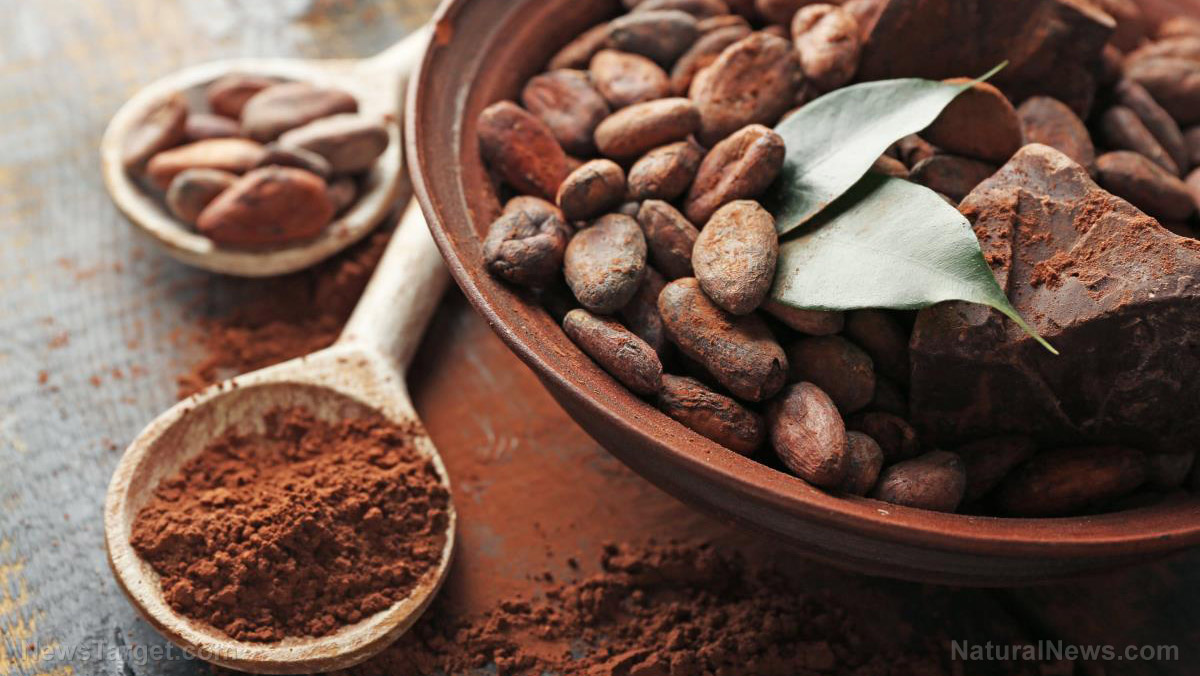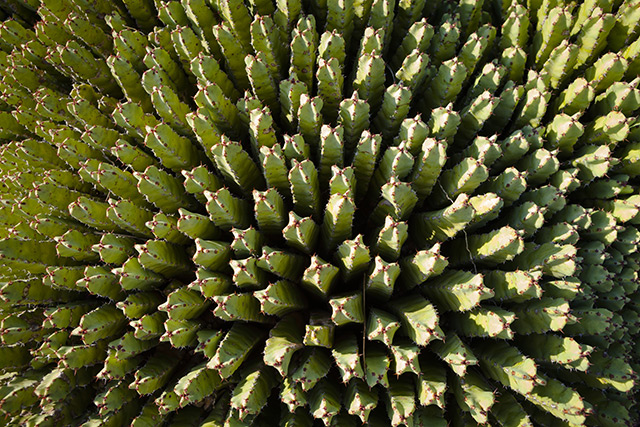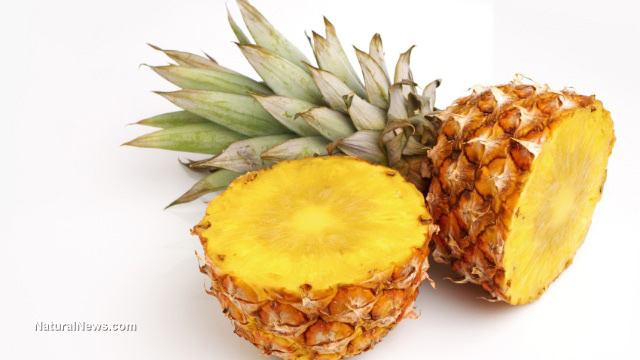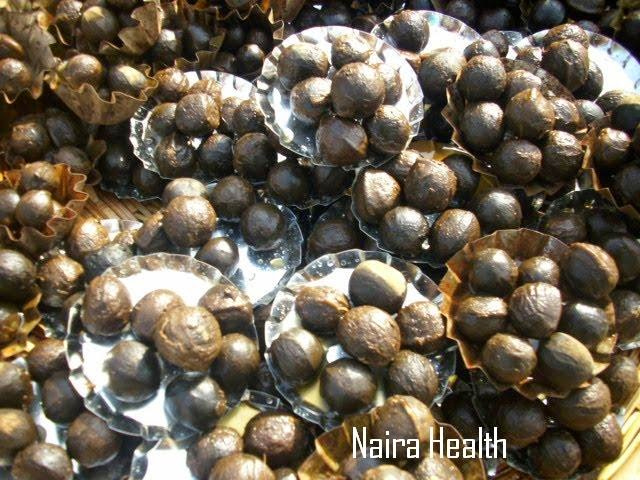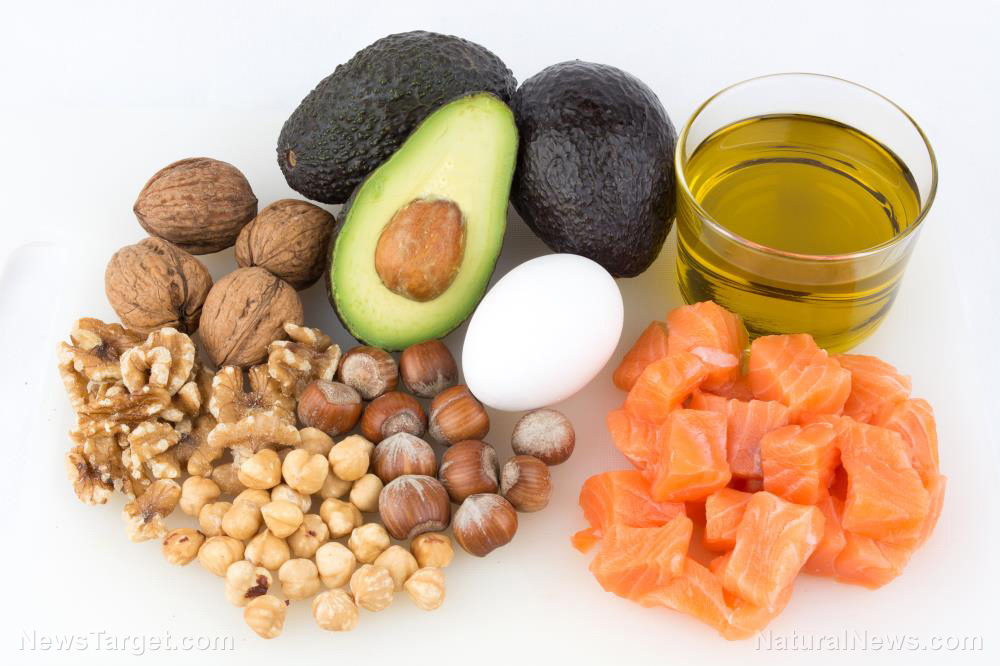A popular wild fruit, the Spanish tamarind has many medicinal benefits
11/03/2018 / By Michelle Simmons
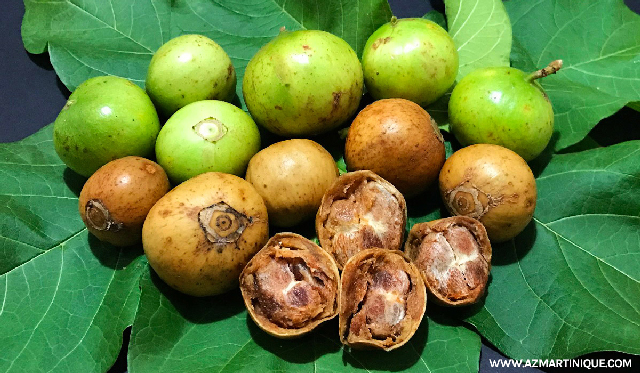
The Spanish tamarind (Vangueria Madagascariensis) can potentially be used as a medicinal plant because of its phenolic and flavonoid content and antioxidant capacities, according to a study published in the Australian Journal of Basic and Applied Sciences.
In the study, researchers from Omdurman Islamic University in Sudan, Sudan University of Science and Technology in Sudan, and Jazan University in Saudi Arabia aimed to determine the antioxidant potential of the leaf, bark, and seed cake of Spanish tamarind.
For the study, they extracted dried powdered Spanish tamarind leaf, bark, and seed cake with 80 percent methanol to produce a methanolic extract of each plant part. Then, they identified the total phenolic contents and total flavonoid content of each sample. In addition, they measured the antioxidant activities of the extracts of each plant part and their inhibitory effect on cell growth of various cancer cell lines.
Based on the results, the leaf extract of Spanish tamarind had the highest amounts of total phenols and flavonoids among the samples studied. The researchers found that the plant extracts possessed phenols, such as syringic, gallic acid, P-hydroxybenzoic, chlorogenic, vanillin, ferulic, and p-coumaric acids, with chlorogenic acid being the main phenolic compound.
The Spanish tamarind leaf extract also exhibited a high potential for free radical scavenging activity and was the only effective extract against the tumor cell lines examined. These results also confirm the traditional use of Spanish tamarind as a treatment for various diseases.
Therefore, the researchers concluded that Spanish tamarind extracts, especially its leaf extract, can be considered as a promising medicinal plant because of its high levels of antioxidants, phenols, and total flavonoids.
More on Spanish tamarind
Spanish tamarind is a widely distributed plant from Madagascar and Africa, mainly in tropical regions. Despite its name, it is not at all related to tamarind (Tamarindus indica). Spanish tamarind can grow up to 6.56-16.4 m high. It adapts well for a wide variety of soil, and although it can easily survive drought and the temporary absence of water, it cannot exist outside of tropical regions because it is not resistant to frost.
The plant’s leaves are shiny, large, and oval-shaped. During fruiting time, its small greenish-white flowers that are borne in clusters in the axils of the leaves turn to round to pear-shaped fruits which can grow up to 5 cm and contain four to five large seeds. At full maturity, its fruit is green, smooth, and has white dots. The fruit turns brown ocher and crumples when ripe and good to eat. The only edible part of the fruit is the inner part, which is a brown and mushy pulp. The fruit’s flavor at this stage is suggestive of the tamarind. The fruit can also be eaten when it is fresh at full maturity, during which it is sweet and sub-acid, suggesting the taste of an unripe or greenish apple. The fruit can also be made into juice and applesauce.
Spanish tamarind is considered a native medicinal plant. It is used as a biomedicine for controlling diabetes, fighting against joint problems, as well as digestive problems. Consuming Spanish tamarind has also been recommended for improving liver health, promoting weight loss, and providing relaxation.
Read more news stories and studies on medicinal foods by visiting FoodCures.news.
Sources include:
Tagged Under:

